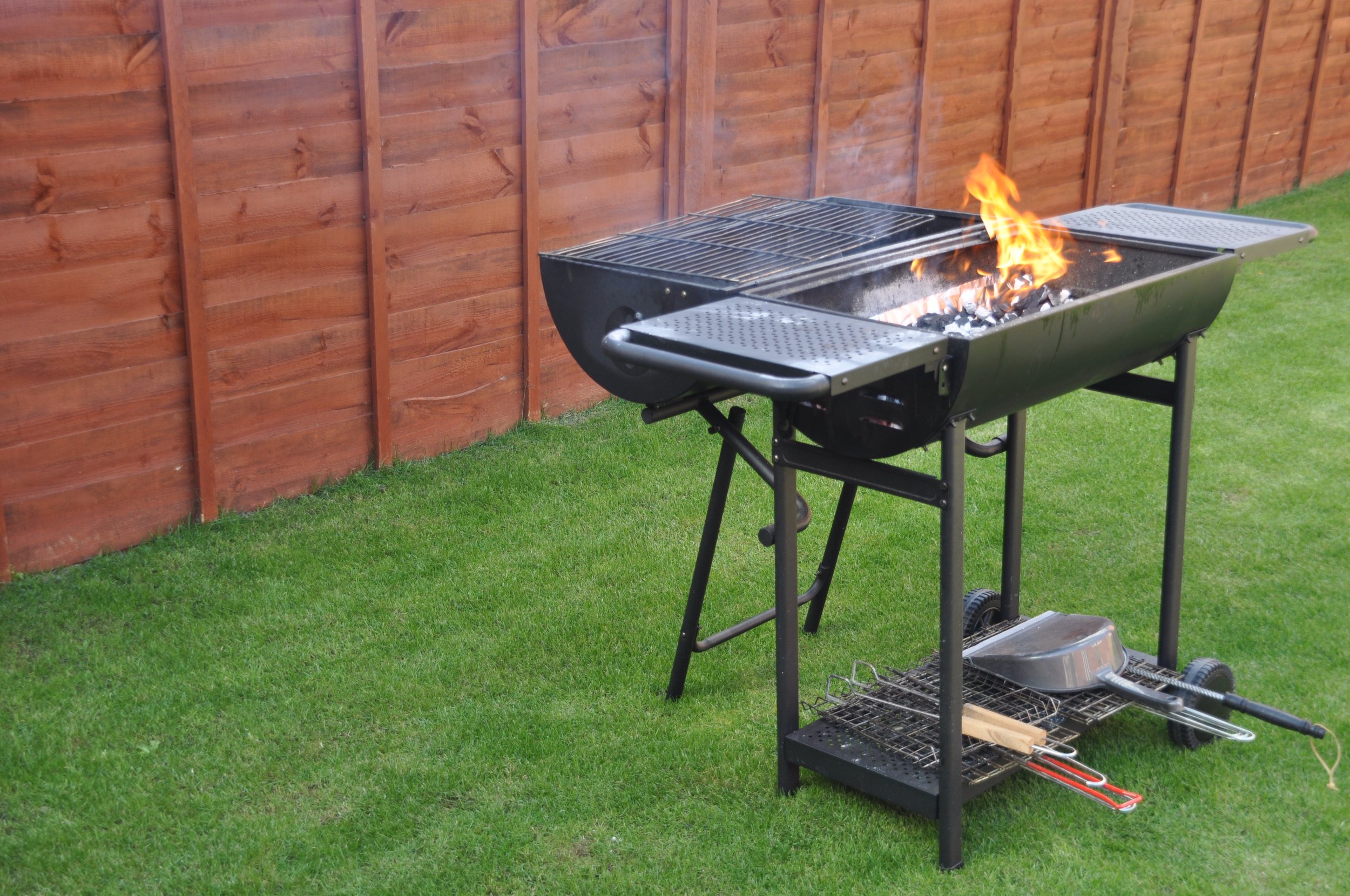Save the Bees
The importance of honeybees has a larger impact on the world then most initially assume, although research and outreach has helped spread the message. The massive rate of decline in bee colonies has been evident since 2006, by a decrease of almost 50%. All science studies point to pesticides, neonicotinoids, and glyphosate as the main cause.
Neonicotinoids are the most common pesticides used in agriculture. Sometimes the use is not just topical, but some crops are even grown with neonicotinoid-treated seeds, which goes into the plants tissue, nectar, and pollen. This means that the grass seeds you use, or plants that you put in your garden and landscaping may say they are “bee-friendly” but internally are treated with chemicals meant to kill bees and other pesky pests.
Bees produce approximately 1/3 of all human’s food supply, provide ½ of the world’s fibers, oils and raw materials and help create medicines. They are the cornerstone of our global ecosystems and often overlooked – or worse, feared. With their fleeting numbers it is up to humanity to personally take stand in protecting the world’s elite pollinators.
By placing an artificial turf as your yard, you are eliminating the need for pesticides and weed killers – which is wonderful; however, you will still need to provide flowers or plants for the bees to enjoy. Oddly, bees cannot see reds and orange colors, they are mainly attracted to yellow, blue or purple flowers and shrubs. Place flowers close together, in clusters to ease their accessibility. If you enjoy a clean, uncluttered yard for the ease of lawn care, provide window boxes of flowers or large pots of floras.
And, just like all living things – bees need water, but so do birds and butterflies and the combinational hummingbird. Shallow dishes of water hidden amid some large rocks, or a beautiful bird bath are preferable as all the above species are not keen on deep water; buckets, dog bowls or pools.
Bees are not attracted to natural grass lawn; it provides nothing for the bee unless there is an occasional dandelion that pops up and most people spray to minimize weeds. This is another added advantage to an artificial lawn for your family and the bees.
Now imagine a picturesque day, sun is shining, birds are chirping, and bees are humming. Your lawn is enviously lush and green, and you are entertaining your neighbors to a small barbeque. The children splash around in a sprinkler and the dog is panting beneath a tree, clinging to shade on the hot day. This is your paradise! You have the perfect moment and perfect yard that requires little upkeep and you also have peace of mind knowing that you are doing something impactful for the environment and ecosystem.



